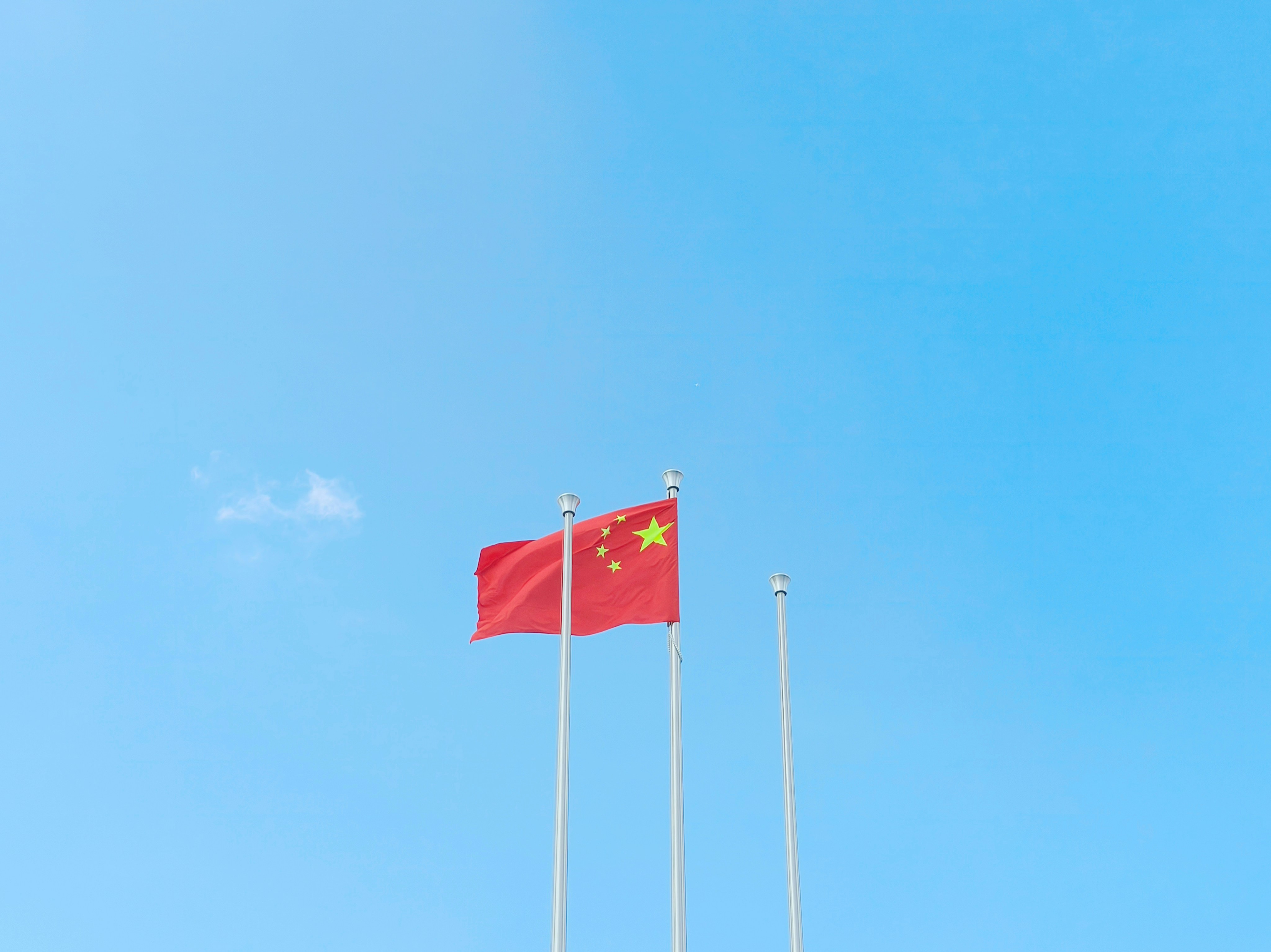[WORLD] China’s southern tech powerhouse, Shenzhen, appeared to miss out on the momentum from the country’s first-quarter export surge, reporting a gross domestic product (GDP) growth of 5.2 per cent—slightly trailing the national average of 5.4 per cent.
The city’s subdued performance underscores its heightened vulnerability to shifts in global supply chains and evolving trade dynamics. As a leading electronics manufacturing hub, Shenzhen has faced rising competition from Southeast Asian nations such as Vietnam and India, which have attracted production with lower labor costs and favorable trade terms in Western markets.
While China’s overall exports grew 6.9 per cent in yuan terms during the first quarter—driven in part by a last-minute export push ahead of U.S. tariff hikes—Shenzhen saw its exports shrink by 8.7 per cent over the same period.
Analysts attribute the lag in part to the city’s dependence on consumer electronics, a sector hit hard by cooling global demand. Sluggish growth in smartphone and PC markets has disproportionately affected Shenzhen’s export-heavy economy compared to more diversified regions.
“While everyone was racing to export as much as possible before U.S. tariffs kicked in, Shenzhen’s performance was far from ideal,” said Peng Peng, head of the Guangdong Society of Reform, a provincial think tank.
Despite the short-term dip, Shenzhen’s outlook remains optimistic. The city is investing in high-tech sectors such as artificial intelligence, electric vehicles, and semiconductors. Local authorities have introduced subsidies and tax breaks to spur innovation and lessen the economy’s reliance on traditional manufacturing.
Shenzhen’s role in the Greater Bay Area initiative is also seen as a strategic advantage. Deeper integration with Hong Kong and neighboring Guangdong cities through improved infrastructure and financial ties could help shield the city from external shocks and restore its growth trajectory.














